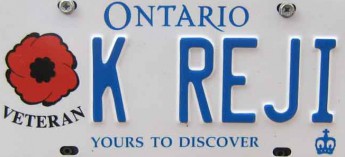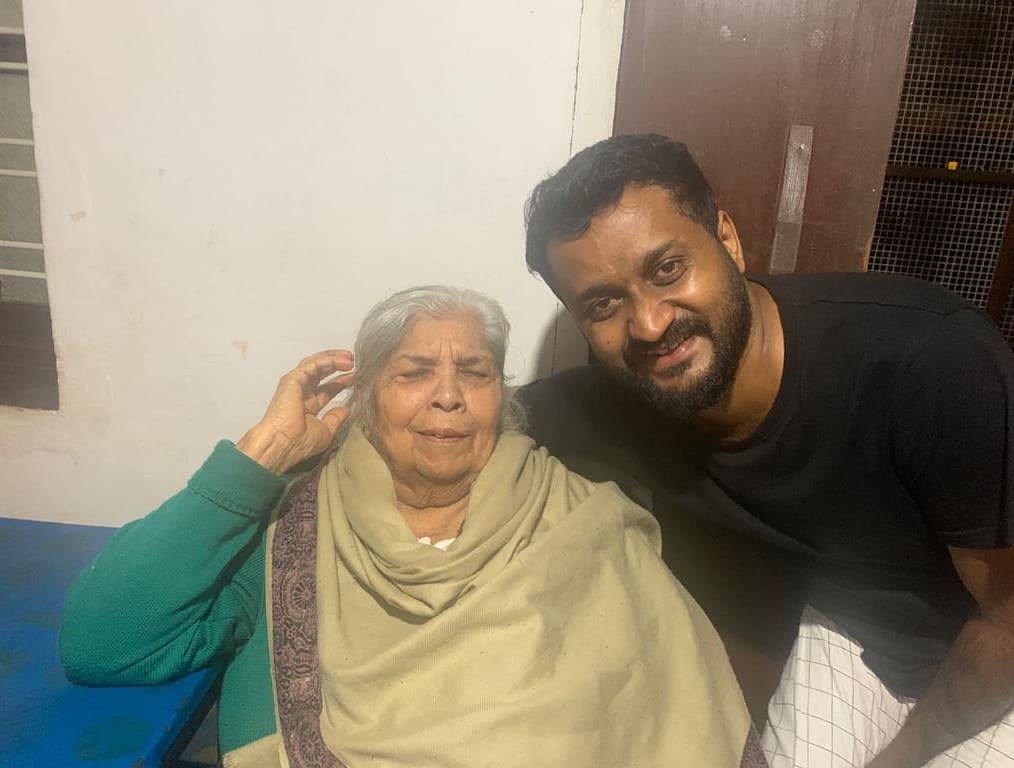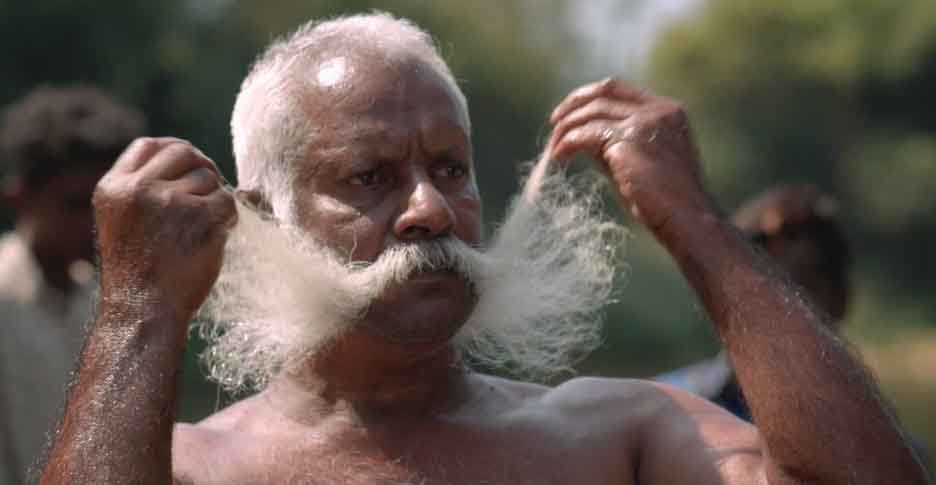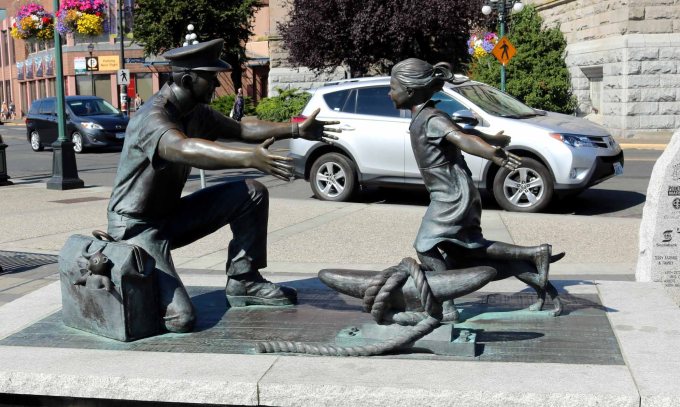Upon completion of the Artillery Young Officers Course we, the Second Lieutenants, were appointed as the Gun Position Officers (GPO) in our Regiments. The GPO is the commander of the gun group and is responsible for the reconnaissance and deployment of the six guns of the battery in a gun position. With the help of his Technical Assistants at the Command Post, he is responsible for calculating and passing the technical parameters of bearing and elevation for the guns to engage targets miles away.
Deployment of a battery of six guns to engage targets in depth commences by reconnaissance (recce) of the allotted Gun Area. The map coordinates of the Gun Area is passed to the GPO with any restrictions on movement or administration.
On reaching the allotted Gun Area, the GPO recces the area on his vehicle to find a place suitable to deploy his six guns. When the GPO finds a suitable area, he alights from his vehicle to carry out detailed recce on foot to mark the placement of each of the six guns and the Command Post.
The moment the GPO alights from his vehicle, the driver drives the vehicle to an area which offers maximum cover, to avoid detection from air. The LMG detachment – a Gunner and his assistant – appear in front of the GPO and the GPO deploys the LMG for protection of the Recce Party – both from air and ground attack.
The LMG detachment travels in the Battery Havildar (Sergeant) Major’s (BHM) vehicle. BHM is an appointment given to one of the senior Havildars of the Battery. He is responsible for all aspects of duty and discipline of the NCOs and soldiers in that Battery. During the deployment of the Battery, he assists the GPO.
The LMG Gunner is generally the ‘Detail Master’ of the Battery. He is the understudy to the BHM and is the soldier with good handwriting and skill at mental maths. He provides all secretarial help to the BHM and his most important task is to prepare the Parade State of the Battery the evening before, to be handed over to the Regimental Havildar Major, who compiles the Regimental Parade State after receiving the same from all Batteries.
The assistant LMG Gunner is a tradesman – the Tailor or the Janitor – who does not have any specific combat duties.
After the deployment of the LMG detachment, the GPO carries out his recce, decides on the platforms for his six guns and the Command Post and gives out orders to his party. The Gunners now prepare their gun platforms and the Technical Assistants prepare the technical parameters. During all these actions, everyone is expected to run and walking or slouching is a taboo, until the guns arrive and deploy.
After the guns are deployed and when the GPO confirms that the guns are correctly positioned and all technical parameters are correctly set on the guns, he gives a ‘Ready Report’ indicating that his guns are ready to engage targets.
Immediately on giving the Ready Report, there appeared Gunner Mathukutty, our LMG Gunner, with a steaming cup of tea. That tea was the one I earned by my sweat. By the end of the deployment, with all the running around – especially in the Rajasthan deserts, I was drenched in sweat. The tea tasted too good to describe and it always enthused me and removed any tiredness.
During our training exercises, we had many such deployments, at times about eight in a day. Every time the Ready Report was given, Gunner Mathukutty served me the very same tasty cup of tea. I wanted to know as to how Gunner Mathukutty prepared the tea when he was the LMG Gunner.
During one of the deployments, I kept a close watch on Gunner Mathukutty. He jumped out of the BHM’s vehicle with the LMG, followed by his assistant who had the stove and kettle. After I showed him the position of the LMG, they deployed the LMG there. While I recced the gun platforms, they both recced for a covered position to prepare the magical tea.
After a fortnight of training, we had our final exercise which in artillery parlance is called the Practise Camp. This exercise involves many tactical deployments of the battery culminating into a final deployment in the firing ranges. After the final deployment is live firing to engage target as per the tactical settings.
On the final day of our exercise, the General Officer Commanding (GOC) of our Division visited us in our Gun Area. I briefed him in detail about the deployment and the tactical scenario. He appeared satisfied by my briefing, but wasn’t all too happy about my LMG. True Infantry General that he was, he said “Your LMG is not deployed correctly. It needs to move 20 meter to the left.”
Captain Raj Mehta, our Tactics Instructor at the National Defence Academy (now a Veteran Major General) had taught us all the nuances of section tactics, especially the deployment of LMG. He had drilled it in us to such details that all of us will deploy the LMG at its apt position even in our sleep.
‘I deployed it in less than ten seconds,’ I thought. It could well be that the General did not realise that the LMG was deployed for both air and ground attack. I still do not know as to how Gunner Mathukutty could have identified any aircraft flying overhead to be hostile. In case he sighted any aircraft in our vicinity, friend or foe, he might have ended up emptying the entire magazine of his LMG by firing at the aircraft.







